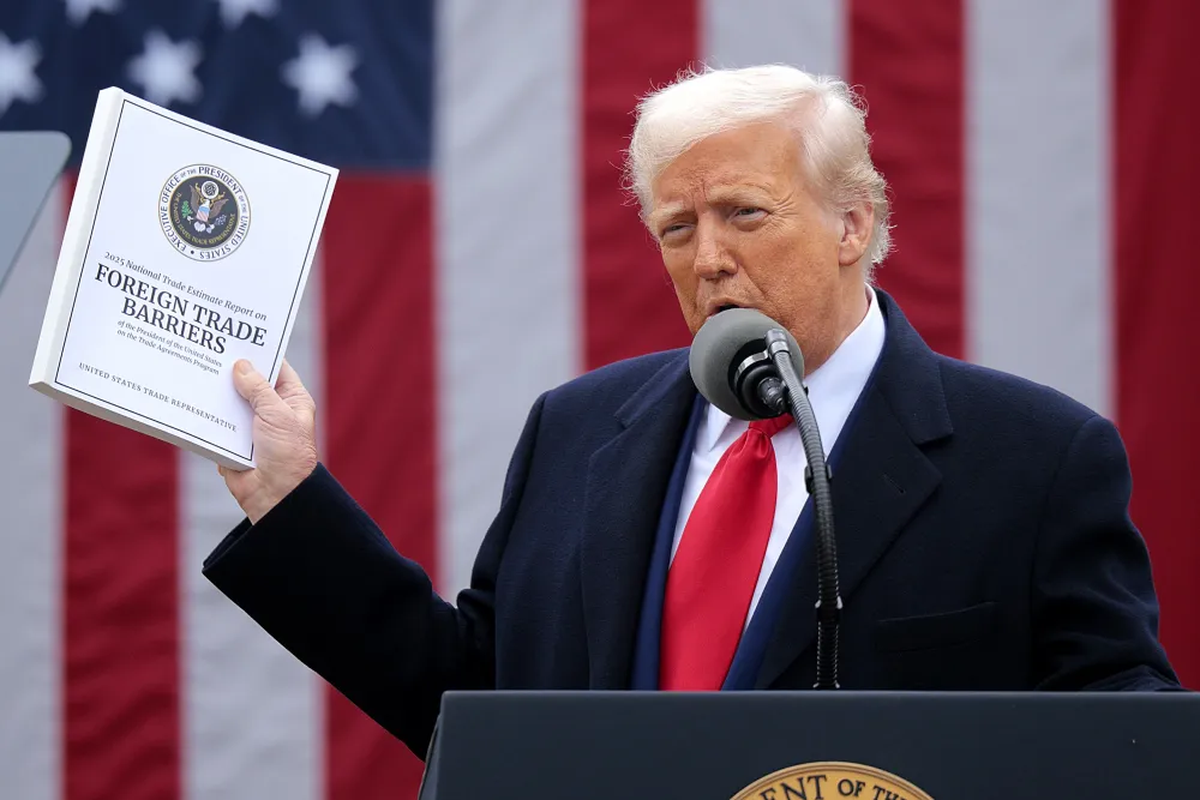Physical Address
304 North Cardinal St.
Dorchester Center, MA 02124
Physical Address
304 North Cardinal St.
Dorchester Center, MA 02124

This weekend, May 10–11, 2025, top U.S. and Chinese officials are meeting in Geneva for the most significant U.S.–China trade talks since tariffs exploded earlier this year.
U.S. tariffs on Chinese imports now sit at 145%, among the highest in modern history. China’s retaliatory tariffs are at 125%, and the fallout has disrupted global supply chains and raised prices across industries.
Takeaway: These face-to-face talks come at a critical moment, but no major breakthrough is expected.

Representing the U.S.: Treasury Secretary Scott Bessent and Trade Representative Jamieson Greer.
On China’s side: Vice Premier He Lifeng, one of Beijing’s top economic strategists.
They’re meeting in neutral Switzerland, home to the World Trade Organization — a symbolic choice for a tense economic standoff.
Takeaway: The right people are in the room — but the path forward is unclear.
Discussion points include:
President Trump has hinted at possibly lowering tariffs to 80%, but the White House made clear: no cuts before talks begin.
Takeaway: This round of U.S.–China trade talks is more about setting the tone than sealing a deal.
The U.S. economy is feeling the pinch — West Coast ports are down 35% in cargo volume. Businesses warn of price hikes and shipment delays.
Meanwhile, China’s exports to the U.S. fell more than 20% in April. But Beijing is playing the long game. With no election pressures, Chinese leaders are free to wait it out.
Takeaway: Both sides are hurting, but neither is blinking — yet.

The two sides can’t even agree on who called the meeting. Chinese officials say the U.S. initiated it. Trump says that’s irrelevant.
Still, both governments are stressing mutual respect and economic fairness — even if that’s mostly for the cameras.
Takeaway: These U.S.–China trade talks may not resolve the trade war, but they could restart real dialogue.
Even without a breakthrough, this weekend’s talks could:
Takeaway: A pause or commitment to keep talking would be considered progress.
The U.S.–China trade talks in Geneva are a reset attempt — not a resolution. With sky-high tariffs and economic stress on both sides, the world is watching closely.
Get the Daily News Without B.S. Report—clear, concise news with zero noise. Straight to your inbox.